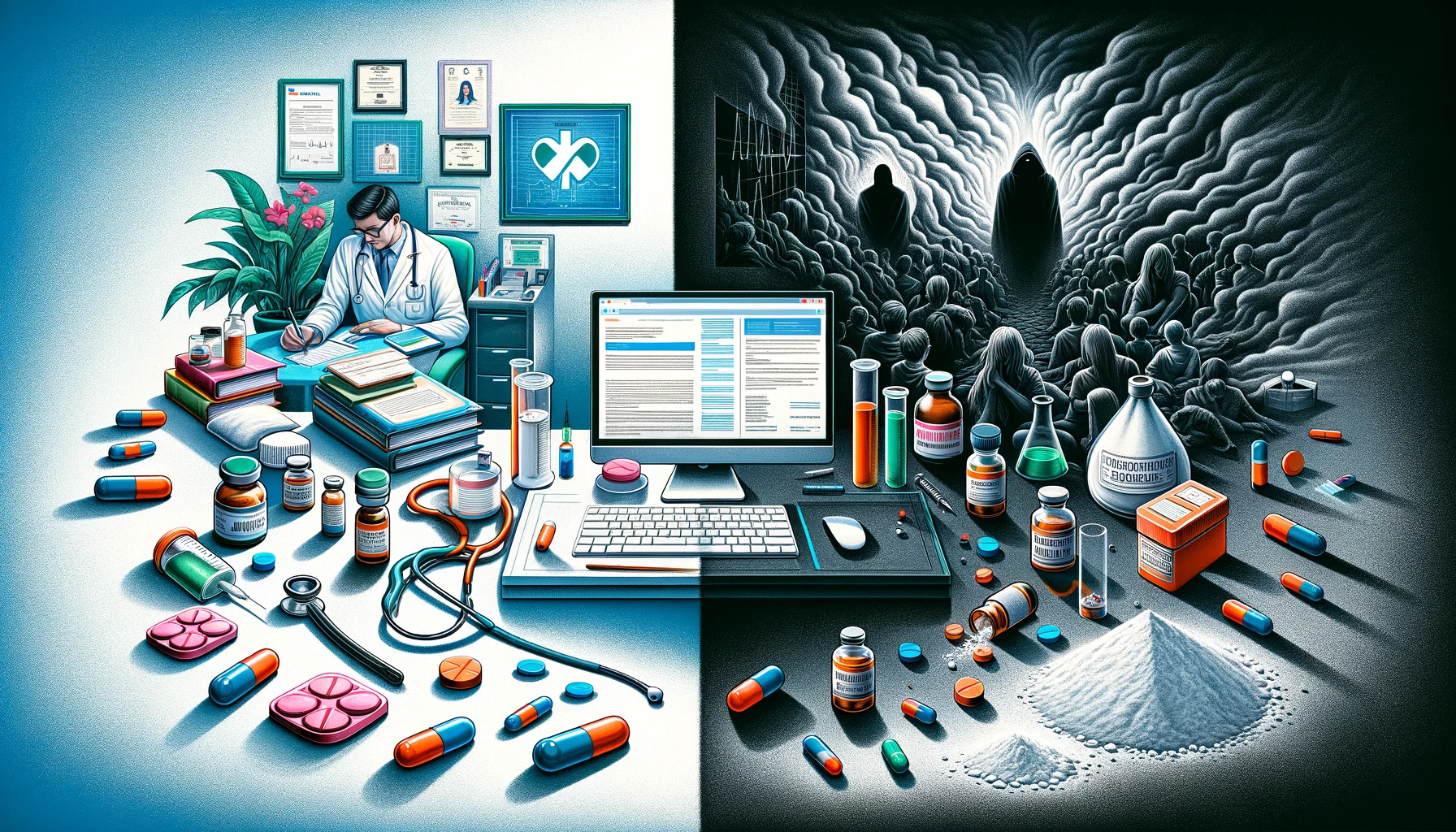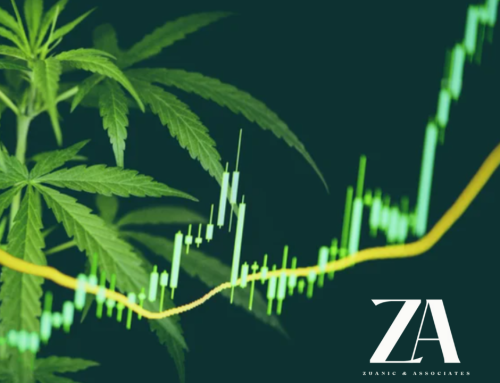Call for Enhanced Research and Surveillance on Ketamine Treatments
LOS ANGELES A recent publication in the Journal of American Medical Association (JAMA) Psychiatry has underscored the urgent need for increased research and surveillance in the realm of ketamine treatments. Authored by Dr. Samuel T. Wilkinson, Dr. Joseph J. Palamar, and Dr. Gerard Sanacora, the article casts a spotlight on the burgeoning use of ketamine, especially its off-label applications, sparking a wave of concern among medical professionals.
The trio of doctors highlighted the contrast between the regulatory framework governing esketamine, an S-enantiomer of ketamine approved by the US Food and Drug Administration (FDA) in 2019 for treatment-resistant depression, and the broader category of ketamine treatments. Esketamine’s approval came with stringent treatment protocols and a mandatory safety program, a rigor not matched by the oversight of ketamine, which is prescribed with greater flexibility and lacks a dedicated safety program. The article points to the smaller scale and shorter duration of clinical trials for ketamine as compared to esketamine, indicating a gap in evidence-based guidance for clinicians.
One significant concern raised pertains to the at-home use of ketamine, particularly through orally administered lozenges during the COVID pandemic. This practice, which diverges from FDA’s restrictions on esketamine home use, led to notable regulatory actions, including the shutdown of a clinic prescribing ketamine for home use by the Drug Enforcement Administration (DEA) — a first in federal oversight of ketamine clinics.
Industry speculation about the FDA potentially broadening approval for esketamine, thereby reducing off-label ketamine use, was also addressed. However, such changes do not appear imminent, suggesting that off-label use will persist.
The article sheds light on the increasing recreational use of ketamine and the potential diversion of clinic-sourced products. It cites a dramatic rise in ketamine seizures in the United States, alongside a notable increase in poisonings related to the substance, indicating a trend that demands attention. The authors express concern over the illicit ketamine market, noting the ease of laboratory production and the risk of contamination with substances like fentanyl.
Given ketamine’s known safety profile as an anesthetic, the authors emphasize the serious risks associated with its misuse, including the potential for fatal outcomes when combined with other substances, as highlighted by the death of actor Matthew Perry, attributed to ketamine.
The call for a clinical registry to track off-label therapeutic use of ketamine, increased focus on diversion and trafficking, and the implementation of widespread surveillance efforts are among the recommendations made by the authors. They argue that such measures are crucial for gaining a comprehensive understanding of the ketamine landscape and ensuring rapid response to emerging public health challenges.



































